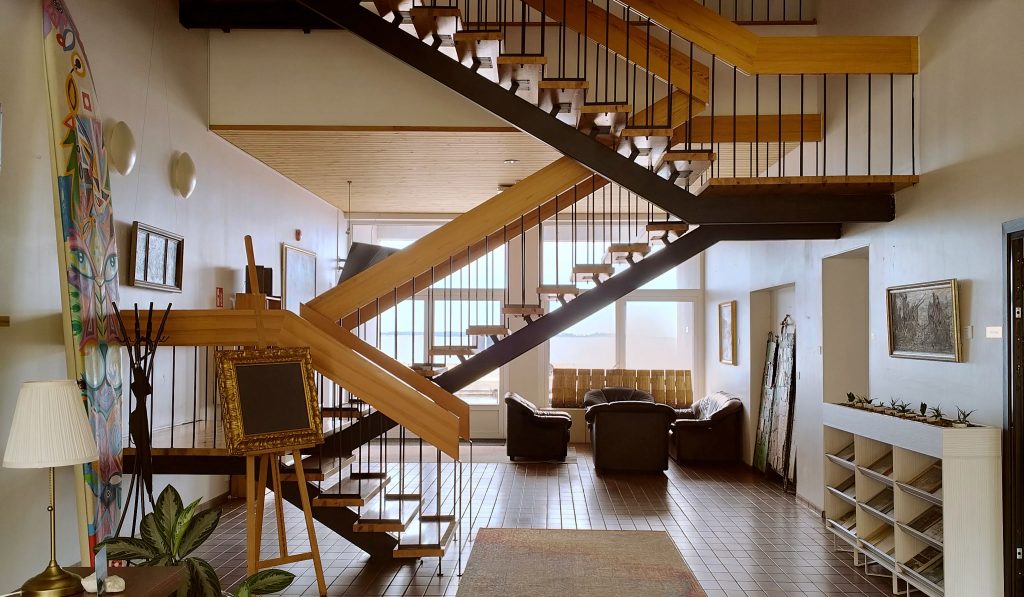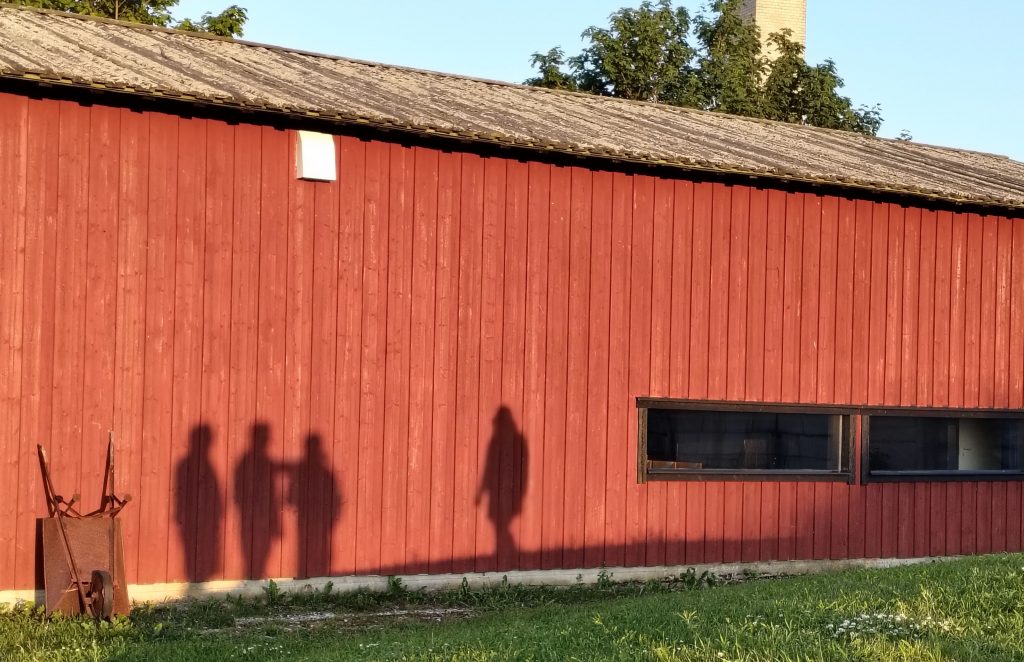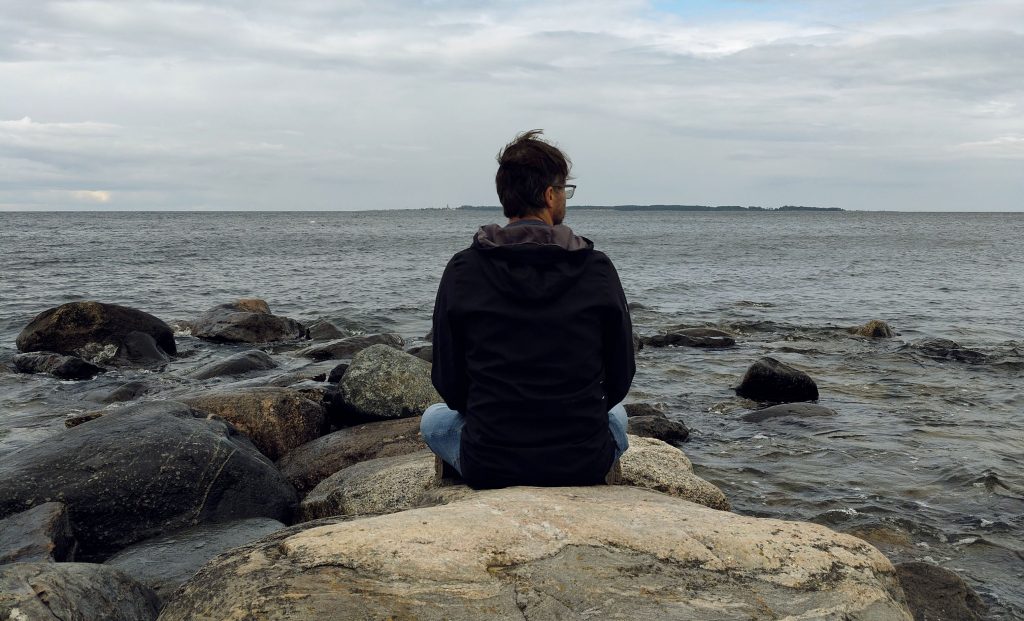
I often position myself before saying what I intend to say. It’s not so much to claim authority as it is to be transparent about my perspective and why I might say what and how I do. I am a sustainability scientist. I have an interdisciplinary background and don’t sort of hail from any one discipline or practice, or so I at least self-claim to do, but quite liberally pick from field to field. In addition, or perhaps because of it, I am often nerdishly excited about different theories and find them truly inspiring. Therefore, I of course opted into a group working with the art-science toolkit. After the stimulating beginning of the workshop—hearing presentations and talks from the participants, experiencing plenty of Estonian art in the local public-private museum, and altogether immersing to the local Baltic scenery—we sat down with our group of four and let the abstract, conceptual, and theoretical sparks shoot all over the place! From the talks we had, from the examples we heard, and from the task we had at hand, we immediately recognised relevant yet unnamed theories that seemed to take context here.
One spoted Barad’s entanglement theory to have played out in the serendipitous coming together of two of our workshop participants, whose story was echoed as an example of artist-scientist collaboration. Another brought up sort of conscious plurality in observing and noting things as their most utilisable methodology, which we tied to Le Guin’s Carrier Bag theory. I saw plenty of Lacan’s theory of the real and Bhaskar’s critical realism, and we—two identifying in this context more as scientists and two as artists—jointly talked about that there is something that perhaps happens before things become art or science. That maybe the moment when a thought or a question—or feeling or something even before feeling—becomes art or science, it is in a superposition state of sorts (here referencing Bohr’s Copenhagen model and Bohm entanglement [of which Barad was actually inspired by]) and when the maker decides to give it an artistic or scientific expression, or more like subject the thought to a process of sorts, it then becomes one or the other. Not to say that something couldn’t emerge in between the two, or after the two, but we mostly got excited about the idea of proto—something before science or art.

This is what I at least felt to perhaps become my contribution to the toolkit: a realisation that there is art and science that collaborate—much like the concept of multidisciplinarity, where different disciplines take part in a joint process, equally and all but remaining as respective disciplines, and the distinction of interdiscilinarity where the borders of the disciplines, in a join process, begin to melt—much like in sustainability science, which is often said to be a field more interested in the issues it treats, rather than in the disciplines it employs. Of course, with the extension of transdisciplinarity, where other than disciplined methodologies are taken as equally important input, or non-disciplinarity, where we sort of aim to abandon the whole notion of disciplined episteme, which is probably closer to what we were conceptualising at the table.
Thus, here is where we started: exploring the proto—thoughts before form, or even the form before thoughts. We took our literal bags and went our way, foraging what we learned from the Baltic scenery we were now a temporary part of. We formulated an idea of a persona who represents the in-between science and art, and thought that if anything, their sense, or meaning, or knowledge-making would be a bit all over the place, but surely romantic too. Romantic in the sense that there’s a sense of hope in the discovery, or more like trust that the mere engaging in the process of discovery would lead us to somewhere normatively good without us having to focus on the good delivered and taking steps according to that ready-made image. That we can comfortably focus on the proto, as focusing on what comes after would collapse the massive potential we acknowledged the superposition to carry.
There we went, with bag in hand, eyes open and trusting hearts strong in excitement—and there we also left it for now: a collection of collections without a final synthesis, and therefore with all the potential still loaded into it. We recorded the lived experience, and in my view, were quite successful in taking a snapshot of what was and even more over: why was—what was it for. We intend to, of course, get back to it, to take the proto to its next path. Here we loop it back to entanglement and resonance, that when we get back to it, we’ll take what we had and let it follow why not several different paths—from which we end up with not a proto but several kinds that have resonance to what we were aiming to achieve and why. Or at least, this is what I will aim to observe; to look into both slits of art and science. How it ends up, before it ends up somewhere further, I will gladly let you know later.
